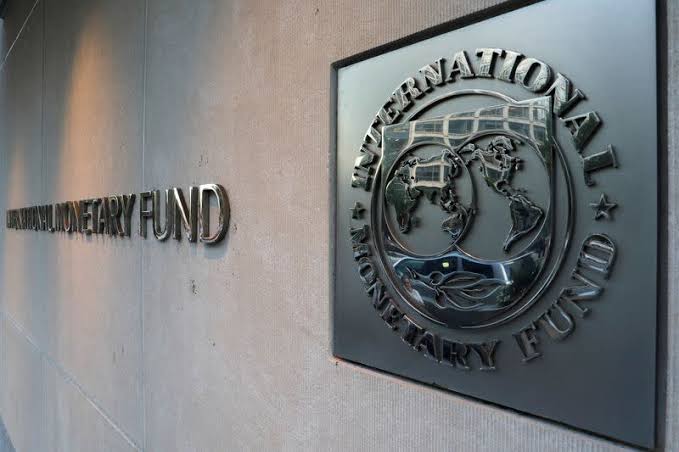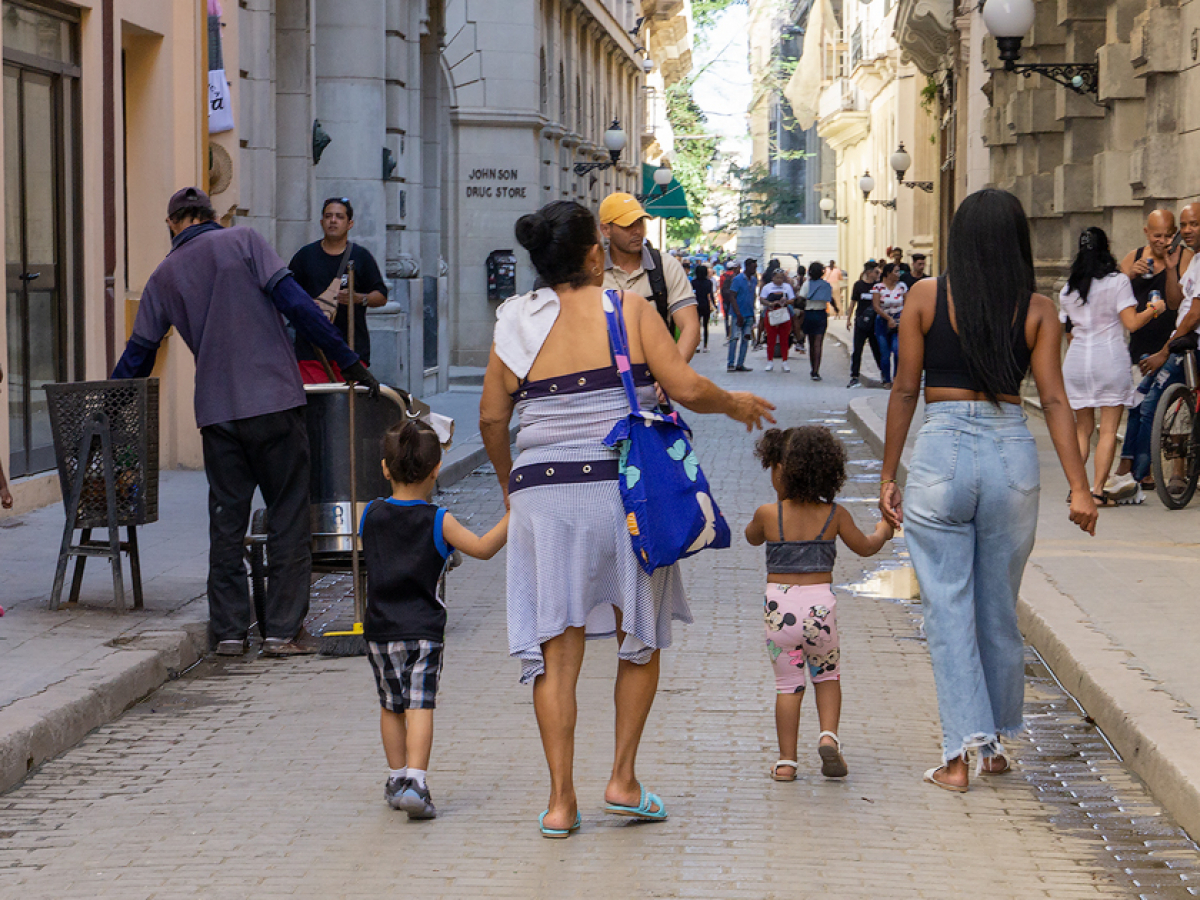
Here are a few fun facts you might not know about Ulaanbaatar, the capital of Mongolia.
It’s the coldest capital city on the planet, with an average temperature barely above freezing point. Its Mongolian name translates to ‘Red Hero’. And nobody has ever managed to build a metro system there.
That’s not for lack of trying. Strenuous efforts to bring light rail transit to tunnels beneath the city’s broad streets have been taking place for at least 15 years, with countries from South Korea to France offering help to no avail.
Now, salvation appears to have come in an unlikely form: an air-conditioned rail line 4,300 miles away, taking passengers from Reading in the west to Shenfield in the east, with tasteful purple branding.
Yep, you read that right – our very own Elizabeth Line is soon going to be also running through the deep depths of Mongolia’s capital city, Ulaanbaatar.

Sign up to Metro's politics newsletter, Alright Gov?
Craig Munro breaks down Westminster chaos into easy to follow insight, walking you through what the latest policies mean to you. Sent every Wednesday. Sign up here.
Fiona Blyth, the UK’s ambassador to Mongolia, first brought up the Elizabeth line to Ulaanbaatar Mayor Khishgee Nyambaatar in a meeting last November at her residence, a standard suburban house decorated with local art and Union Jack cushions.
The mayor signalled his ambition by bringing along a book that has quickly become beloved of city planners and infrastructure nerds around the world since being published last year, plainly titled How Big Things Get Done.
Blyth told Metro: ‘He’s straight down to business, you know, he’s not interested in flattery.
‘He is a man who is trying to get big things done.’

She served him and his wife a cup of Yorkshire Tea and a plate of banana bread, the specialty of the embassy’s Mongolian residence manager, then talked him through one of the UK’s ‘biggest things’ of recent years.
That was just a month after the mayor’s election. Three weeks later, Nyambaatar was in London to try out the Elizabeth line for himself.
‘It was quite a surreal moment, being on the tube with someone who’s a big figure in Mongolia,’ recalled Blyth.
‘He’s instantly recognisable, probably to every Mongolian. He’s a pretty senior figure and we’re just, you know, on the Tube.’

Over the course of that visit and a return trip in February, he met figures including Transport Minister Mike Kane, Foreign Office Minister Catherine West, and Crossrail boss Paul Dyson.
Nyambaatar – a man Blyth describes as ‘quite down to the brass tacks’ – immediately dived into the details in a bid to work out how such a system could work in Ulaanbaatar.
The upshot is that Crossrail International, the firm that delivered the Elizabeth line, is now strategic advisor for the 19.4km, 15-station metro project – and UK companies will be invited to bid on linked contracts worth hundreds of millions of pounds.
It’s a big deal for British businesses, and a massive deal for Mongolia. The residents of the capital will enjoy shorter commutes, cleaner air, and a more vibrant city.
Currently, Ulaanbaatar is facing a rapidly growing population, spread across a wide area, with a poor public transport system relying almost entirely on buses. All that is a recipe for one thing: gridlock.
At peak hours, the Yaarmag road carries around 95,000 vehicles. Sitting in traffic for hours every day is, of course, particularly grim in a place where the temperatures can fall to -37°C in winter.
The predominance of cars has also made Ulaanbaatar one of the most polluted capital cities in the world. Children growing up in the centre of the city have 40% less lung capacity than those who grew up in the countryside.
Locals, understandably, are fed up to the back teeth. A metro system is the obvious solution. But every effort to get one off the ground over the past 15 years has fallen flat, to much frustration.
But since Nyambaatar’s election, he’s pushed forward with the planning of the city’s very own Elizabeth Line.

Mayor Nyambaatar said: ‘Mongolia and the UK are jointly building a world-class metro system from the ground up – echoing the bold urban ambition that gave rise to London’s underground in 1861.
‘This project not only meets global standards – it reflects a shared vision for resilient, connected cities.’
Put simply, Blyth said, this is Mongolia’s ‘single biggest infrastructure project since the end of communism at the beginning of the 1990s’.
Foreign Secretary David Lammy said the ambassador’s work was an example of how the government has ‘reframed embassies as an elite salesforce for UK plc’.
He added: ‘From the eighteenth century to the present day, Britain has always been a rail pioneer and I am delighted that the globally-admired Elizabeth line will now be expanded to our partner countries.’
Work on UB Metro is due to begin in next year, as temperatures begin to creep back into positive figures. Spring can’t come soon enough for the residents of the world’s coldest capital.
Get in touch with our news team by emailing us at webnews@metro.co.uk.
For more stories like this, check our news page.



